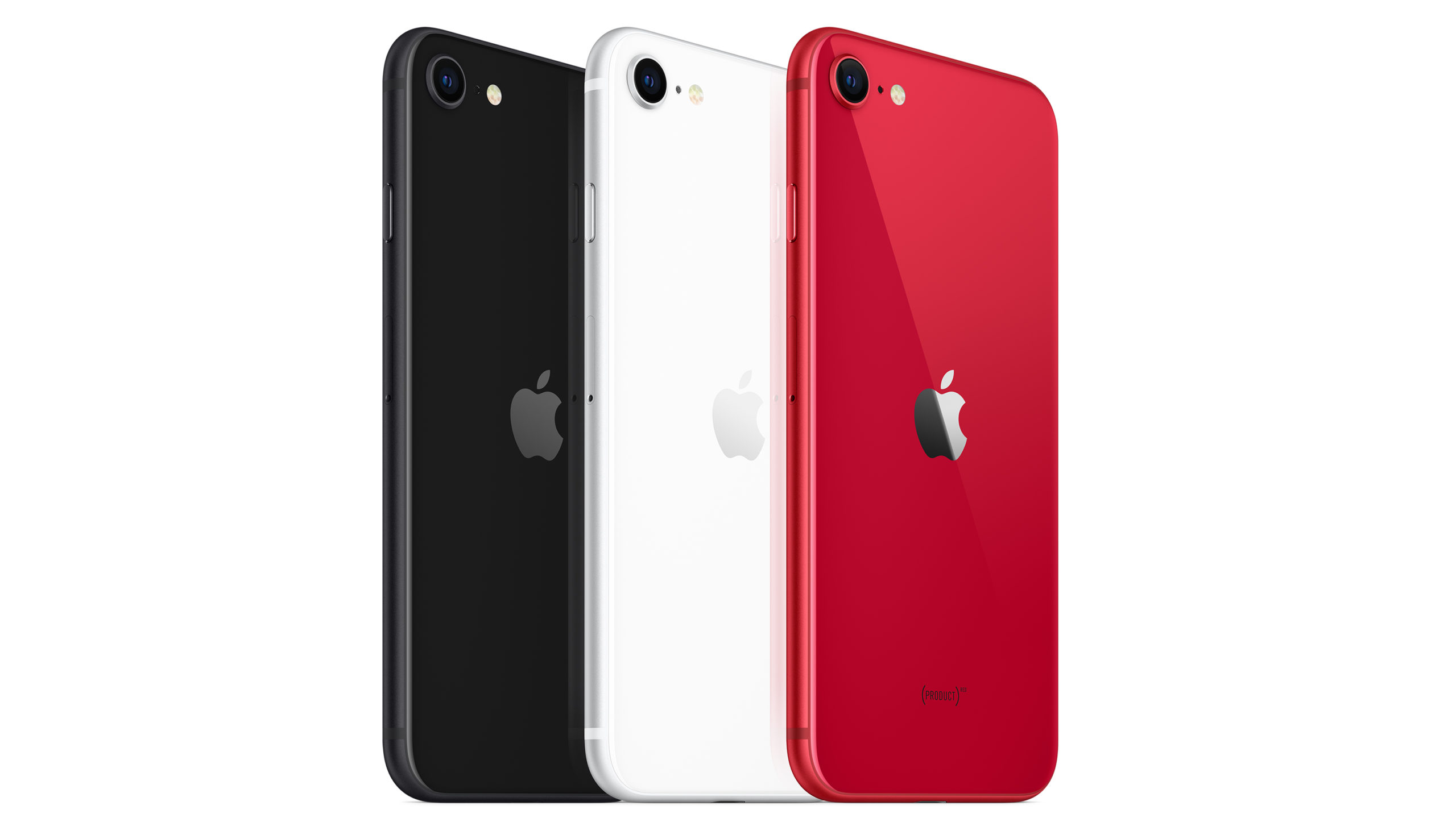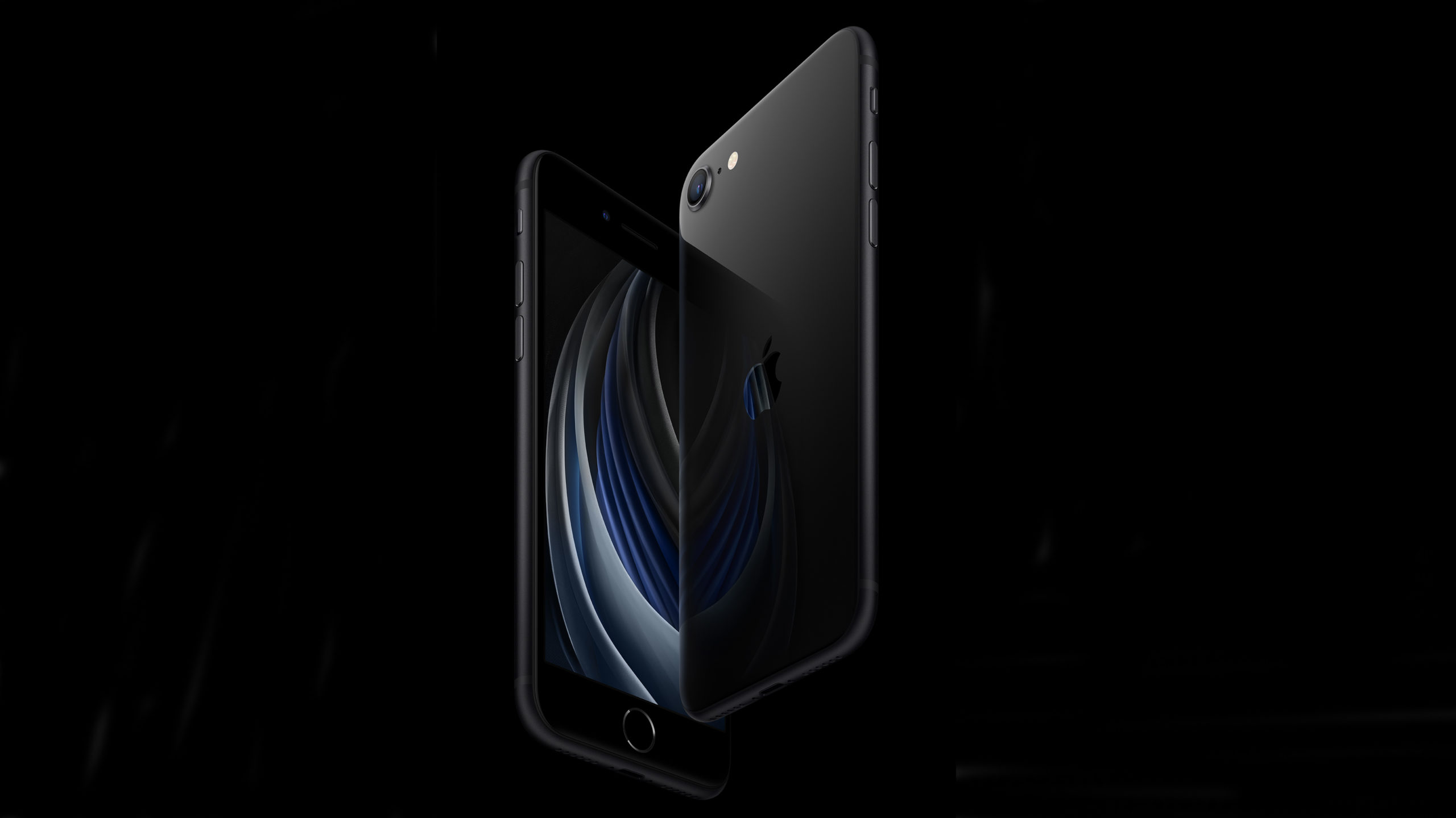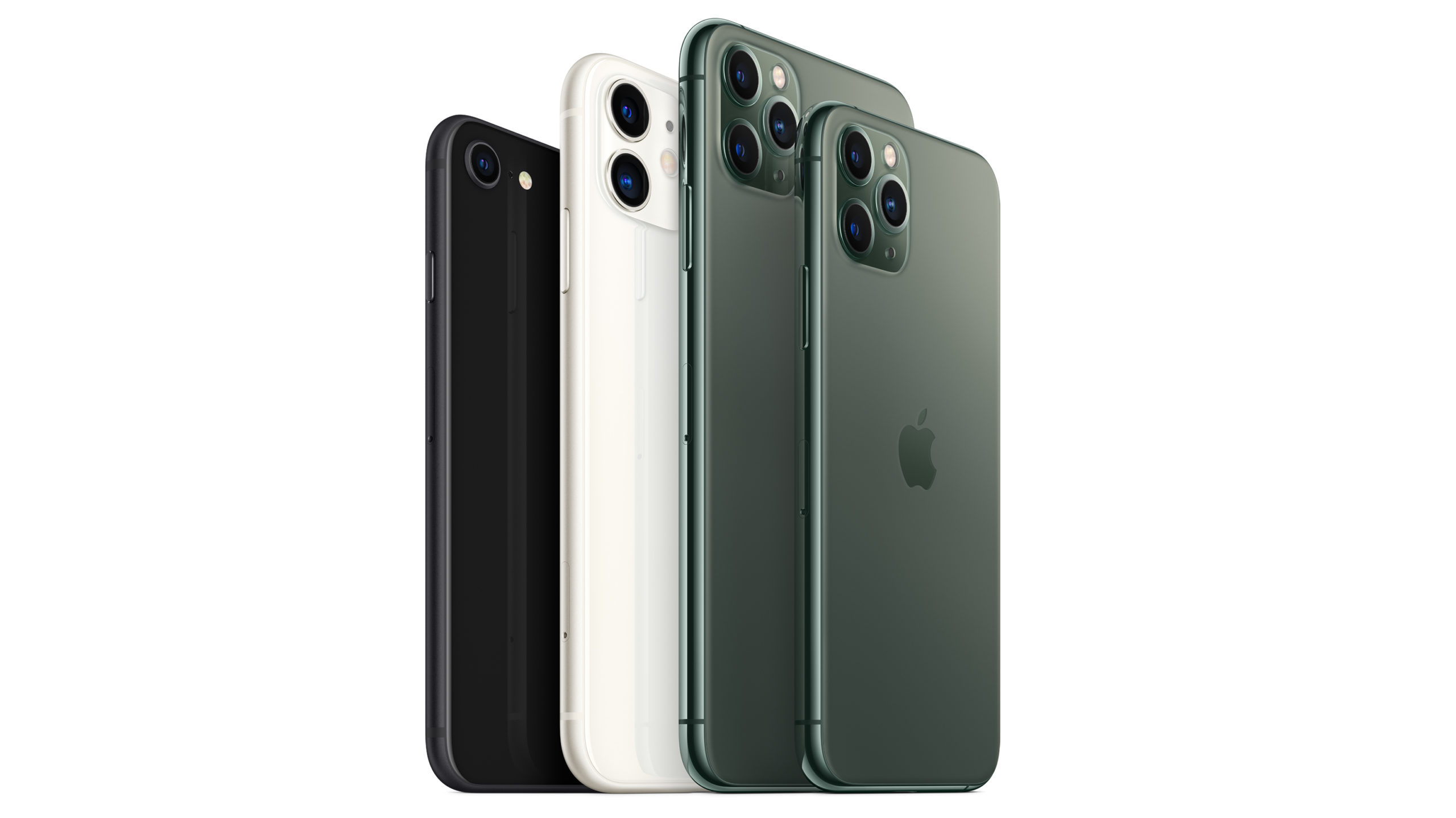
After years of rumours, Apple has finally revealed a successor to 2016’s iPhone SE, the iPhone SE (2020).
The new version of Apple’s entry-level smartphone features a 4.7-inch Retina HD Display with ‘True Tone,’ Touch ID that includes Haptic Touch, and an A13 Bionic Chip.
Regarding the new iPhone SE’s cameras, the smartphone features a single rear-facing f/1.8 12-megapixel wide shooter that includes optical image stabilization. This lens is also capable of shooting 4K video at 60fps, features slow-mo and time-lapse shooting modes, and includes Smart HDR that combines multiple shots into a single photo to improve the image’s detail and lighting.

This lens is also capable of ‘Portrait Mode’ and ‘Portrait Lighting’ effects like the iPhone 11 series, including ‘Stage Light,’ ‘Stage Light Mono’ and ‘High Key Mono.’ Unfortunately, the new SE’s Portrait Mode will only work on people and not pets or other objects. Strangely, the phone also doesn’t feature ‘Night mode’ photography.
On the front, the new iPhone SE’s camera comes in at 7-megapixels with an f/2.2 aperture. The front-facing shooter can shoot Portrait Mode images as well.
Other new features include Qi wireless charging, Gigabit LTE, Wi-Fi 6, dual-SIM support and IP68 water and dust resistance. The new SE also features Haptic Touch, Apple’s replacement for 3D Touch.
iPhone SE (2020)
iPhone SE (2016)
Display
4.7-inch, Retina HD, LCD display, 1334 x 750 pixels, HDR 10, Dolby Vision
4 inch, LCD display, 1136 x 640 pixels
Processor
Apple A13 Bionic
Apple A9
RAM
3GB
2GB
Storage
64GB, 128GB, 256GB
16GB, 32GB, 64GB, 128GB
Dimensions (in.)
138.4 x 67.3 x 7.3mm
123.8 x 58.6 x 7.6mm
Weight
148g
113g
Rear Facing Camera
12-megapixel (f/1.8, OIS, wide angle)
12-megapixel (f/2.2, standard)
Front Facing Camera
7-megapixel (f/2.2)
1.2-megapixel (f/2.4)
OS
iOS 13
iOS 9.3.2
Battery
1821mAh
1624mAh
Network Connectivity
GSM/HSPA/LTE
GSM/HSPA/LTE
Sensors
Touch ID, accelerometer, gyro, proximity, compass, barometer
Fingerprint (front-mounted), accelerometer, gyro, proximity, compass
SIM Type
Nano SIM, eSIM
Nano SIM
Launch Date
April 15, 2020
March 21, 2016
Misc
Colours: Black, White, Product Red
Colours: Space Gray, Silver, Gold, Rose Gold
Display
iPhone SE (2020)
4.7-inch, Retina HD, LCD display, 1334 x 750 pixels, HDR 10, Dolby Vision
iPhone SE (2016)
4 inch, LCD display, 1136 x 640 pixels
Processor
iPhone SE (2020)
Apple A13 Bionic
iPhone SE (2016)
Apple A9
RAM
iPhone SE (2020)
3GB
iPhone SE (2016)
2GB
Storage
iPhone SE (2020)
64GB, 128GB, 256GB
iPhone SE (2016)
16GB, 32GB, 64GB, 128GB
Dimensions (in.)
iPhone SE (2020)
138.4 x 67.3 x 7.3mm
iPhone SE (2016)
123.8 x 58.6 x 7.6mm
Weight
iPhone SE (2020)
148g
iPhone SE (2016)
113g
Rear Facing Camera
iPhone SE (2020)
12-megapixel (f/1.8, OIS, wide angle)
iPhone SE (2016)
12-megapixel (f/2.2, standard)
Front Facing Camera
iPhone SE (2020)
7-megapixel (f/2.2)
iPhone SE (2016)
1.2-megapixel (f/2.4)
OS
iPhone SE (2020)
iOS 13
iPhone SE (2016)
iOS 9.3.2
Battery
iPhone SE (2020)
1821mAh
iPhone SE (2016)
1624mAh
Network Connectivity
iPhone SE (2020)
GSM/HSPA/LTE
iPhone SE (2016)
GSM/HSPA/LTE
Sensors
iPhone SE (2020)
Touch ID, accelerometer, gyro, proximity, compass, barometer
iPhone SE (2016)
Fingerprint (front-mounted), accelerometer, gyro, proximity, compass
SIM Type
iPhone SE (2020)
Nano SIM, eSIM
iPhone SE (2016)
Nano SIM
Launch Date
iPhone SE (2020)
April 15, 2020
iPhone SE (2016)
March 21, 2016
Misc
iPhone SE (2020)
Colours: Black, White, Product Red
iPhone SE (2016)
Colours: Space Gray, Silver, Gold, Rose Gold
The iPhone SE (2020) looks nearly identical to the iPhone 6, iPhone 7 and iPhone 8, including its 4.7-inch screen, sizable, outdated-looking bezels, and Touch ID sensor.
In several ways, the new SE is an iPhone 8 with the internal hardware of the iPhone 11. This means that the new SE should feature the same battery life as the iPhone 8, and also be compatible with iPhone 8 cases.
Anyone who found the display featured in the iPhone 7 and iPhone 8 too large and stuck with the iPhone SE’s 4-inch screen likely won’t have their mind changed by this new iPhone SE. Still, as far as Apple’s iPhone line goes, it seems like the iPhone SE (2020) is Apple’s new ‘small’ smartphone. The new SE also might be an option for iPhone users not interested in Face ID as the smartphone still features a physical Touch ID fingerprint sensor.

Given Apple doesn’t seem to be launching a larger version of the new iPhone SE, it’s likely that the tech giant will continue to sell the iPhone 8 Plus in some regions. MobileSyrup has reached out to Apple for confirmation.
The iPhone SE (2020) starts at $599 CAD for the 64GB version, with the 128GB costing $699 and the 256GB being priced at $809. In the U.S. the phone’s pricing starts at $399. The current weak exchange rate is likely the result of the new iPhone SE costing $200 CAD more than it does in the U.S. iPhone SE colours include ‘Black,’ ‘White’ and ‘Product Red.’
Pre-orders are set to launch at 8AM ET/5AM PT on Friday, April 17th in Canada and the United States. The phone is set to start arriving at customer’s homes on April 24th.
Source: Apple Canada


